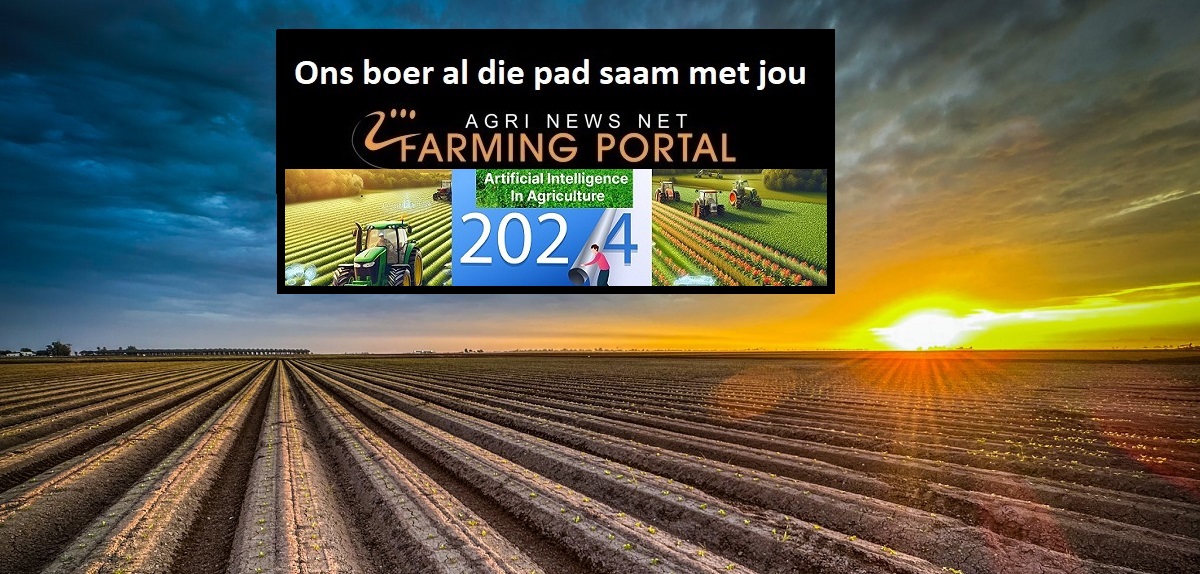half century in a quest to maximise yields and minimise prices to consumers. All farms are different, but many features of conventional farms are broadly consistent: synthetic fertilisers provide nutrients, pesticides protect crops, and rotations are limited in order to simplify operations and enhance the predictability of supply. This approach is used to optimise productivity and has done so remarkably well – average cereal yields over the past 50 years have increased by almost 300% percent globally.
There is now growing awareness that these conventional farming methods are damaging the soil and therefore threatening the future ability to grow crops. According to the IPBES report published this year, land degradation has decreased productivity in 23% of the world’s production areas. Too much disturbance, over-application of fertilizers and pesticides, and reduced crop diversity have limited the benefits that healthy soils can provide naturally. But a healthy, biologically active and carbon-rich soil can fulfil the functions (nutrition, protection, resilience) that most conventional farms rely on chemical inputs for, and at a much lower cost.
 Regenerative farming is vital to ensure food security
Regenerative farming is vital to ensure food security
How does the soil stay healthy?
In the agricultural heartland of Belgium, Soil Capital is implementing answers to this question. They are putting the connections between regenerative farming, soil health, farm economics and the environment into practice. Their work has revealed that farming methods that sequester carbon into soils are some of the most cost-effective and scalable climate mitigation strategies that currently exist. What’s more, soil-friendly practices can immediately improve a farm’s profitability, if their adoption is managed with an astute focus on risk and cost management.
So, what is regenerative farming?
Regenerative farming describes the set of practices that improve the biological life in soils, including their species biodiversity, carbon content and ability to filter and hold water. These methods seek to maximise the time crops spend covering soil, increase crop diversity in both space (intercropping) and time (diverse rotations) and minimise the disturbance to soils and synthetic inputs applied to them. It may include practices like cover-cropping, limited or no tillage, agroforestry and rotational grazing, depending on the topography, soil type and other local conditions.
The approach of regenerative farming is to work with soil biology rather than to suppress it. It does not necessarily mean organic, since rapid uptake of organic practices can introduce new risks and thus often leads to a reduction in yields. Rather, a successful transition to regenerative practices will entail a stepwise process of reducing synthetic input use and implementing more soil-friendly practices over time. This can create immediate cost savings while keeping yield the same or even increasing it. This managed process is also important for the farmer, who must completely shift their approach and mindset while managing significant social and financial pressures against doing so.
What does this mean for farmers?
Mitigating the pressures faced by farmers is important to accelerate the uptake of new practices that offer a win-win of higher profit and climate change mitigation through soil carbon sequestration. Here again, the deep spelt roots offer clues. The farm is part of an association called Regenacterre, a club of regenerative farmers who pay independent advisors (not beholden to sell chemical inputs for commission) to support them in regenerative farming transitions. In addition to advice, the association also provides farmers with access to group purchases of inputs which lowers the price per unit, as well as the leasing of equipment needed for regenerative practices. The result? Farmers pay a per-hectare membership fee and see on average three to five times their investment in increased profit.
Scaling similar farmer-led models that combine independent agronomic advice and support with input and equipment sharing could help unlock a movement towards more regenerative practices. According to the recently published Food and Land Use Coalition Growing Better report, regenerative farming represents an opportunity worth USD 1.2 trillion per year globally.
What action can we all take?
People across the value chain can lend support. Food buyers can create regenerative sourcing policies that offer preferential terms for farmers embarking on transitions. Finance providers can recognise the risk-mitigating properties of healthy soils and provide debt at rates that reflect this. Policymakers can further incentivise soil restoration by developing soil carbon sequestration payment schemes for farmers, already in existence in Australia and Canada. Consumers can continue to increasingly demand transparency about where their food is from and how it is grown.
A farming system fit for the future will need deep roots. We can all help in getting it there.















